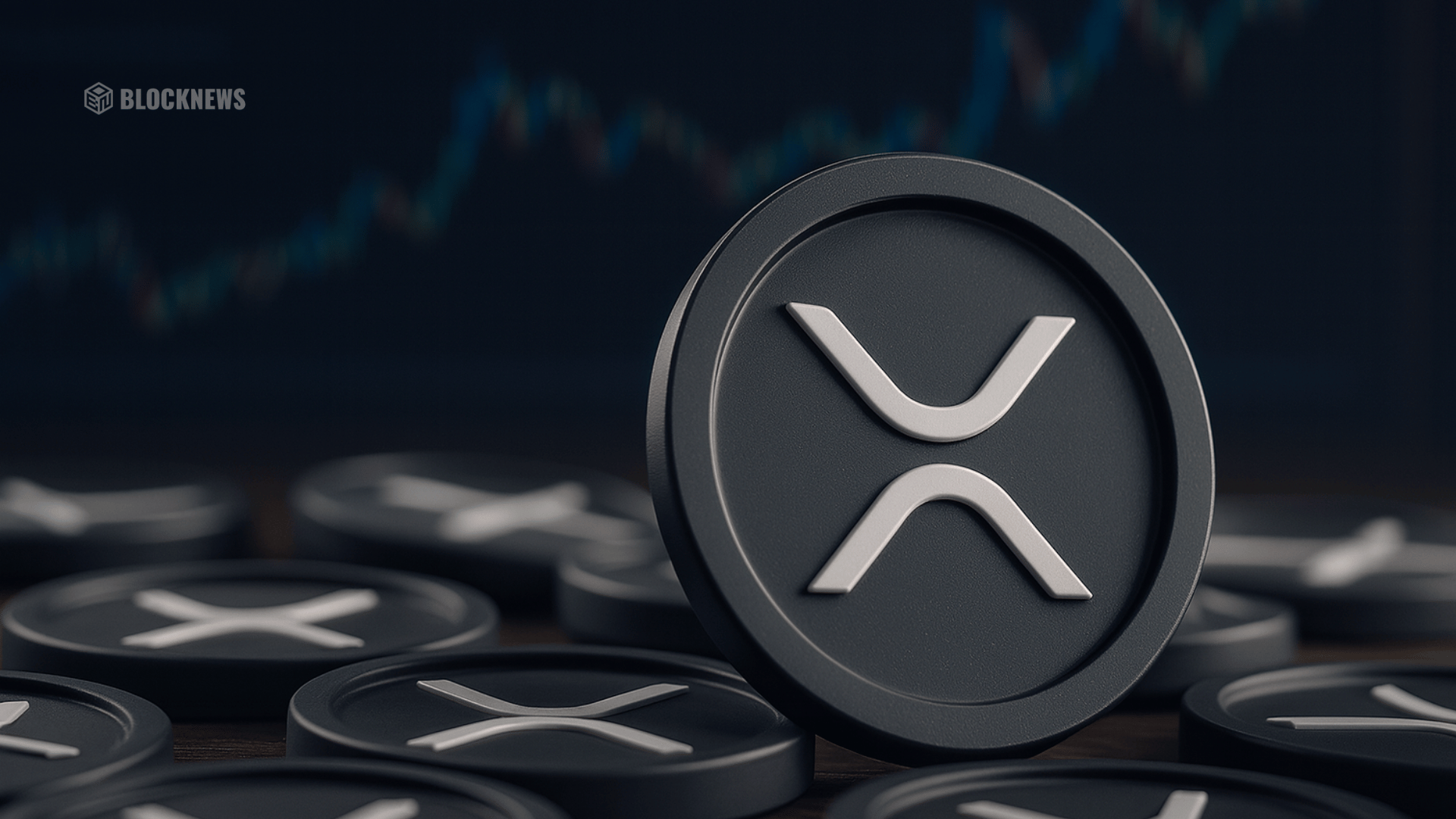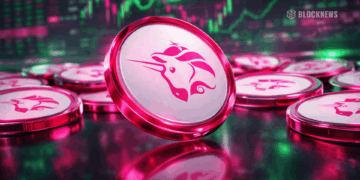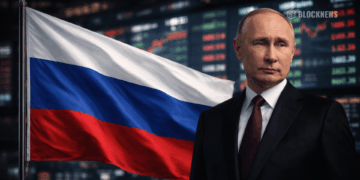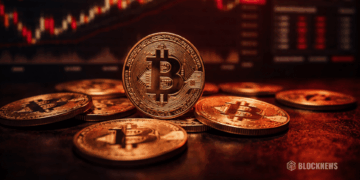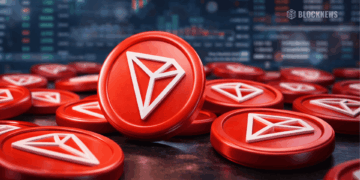- XRP sits near $3, with ETF speculation and Ripple’s RLUSD stablecoin fueling momentum.
- Utility-driven growth via ODL corridors, tokenization, and payments-first focus makes it stand out.
- Analysts eye $4–$5+, if ETFs land and enterprise adoption scales further.
XRP keeps slipping back into the spotlight—kind of inevitable when price flirts with the ~$3 line, ETF chatter gets loud, and Ripple’s new stablecoin (RLUSD) starts popping up in fresh markets. Under the noise is a payments-first ledger that was built to move value fast—no drama, just settlement. If you’re trying to figure out whether this is another hype cycle or the start of a bigger shift, let’s break it down in plain english.
The XRP Ledger (XRPL) launched in 2012 as a public, open blockchain tuned for payments. Transactions usually finalize in ~3–5 seconds and fees are tiny—like fraction-of-a-cent tiny. It’s got native assets, a built-in DEX, and tokenization baked in. Ripple, the company most closely associated with XRP, builds enterprise payment products that sit on or connect to this ledger. Net-net: XRPL tries to be the fast, cheap, greener alternative to clunky legacy rails—and lately, its story is syncing up with the market’s mood. Let’s dive into what to know before you buy.
What $XRP is (and what it actually does)
XRP is the native currency of XRPL. The hook isn’t just “it’s fast.” It’s the way XRP ties into Ripple’s real products. Ripple’s On-Demand Liquidity (ODL) uses XRP as a bridge asset so banks, remittance firms, and fintechs can move money across borders without parking cash in dozens of pre-funded accounts. That cuts costs and speeds up settlement—less stuck capital, more instant movement. It’s utility you can explain to a CFO without a whiteboard.
On XRPL itself, XRP pays transaction fees (a tiny amount is burned to prevent spam), acts as the base pair on the ledger’s DEX, and moves tokenized assets around the network. So even when you ignore Ripple’s enterprise playbook, the token has protocol-level jobs. That dual identity—open-ledger fuel + enterprise bridge asset—is why XRP sits in a weirdly strong lane. Every time Ripple opens a new ODL corridor or lands a partner, the “XRP as liquidity” story gets a little thicker.
The mission & the roadmap: be the payments backbone
Different chains have different destinies. Bitcoin leans “digital gold.” Ethereum is the programmable computer for decentralized everything. XRPL is the settlement rail that aims to replace or complement SWIFT with real-time, low-cost cross-border payments. The roadmap mirrors that ambition.
On the enterprise side, Ripple keeps expanding ODL corridors and rolling out tools like Ripple Liquidity Hub to make digital-asset liquidity easier for big companies—XRP included. On the tech side, XRPL continues to grow beyond vanilla payments: it already has a native DEX, tokenization, and NFTs; devs are testing automated market makers (AMMs) and smart-contract-style functionality via Hooks; and there’s active work on interoperability so XRPL can slot into a multi-chain world. Ripple’s stablecoin effort (RLUSD) plays into this too, and so do CBDC pilots with central banks. The theme is consistent: make XRPL useful for modern finance while XRP sits in the middle as the neutral bridge asset.
Why the market’s leaning bullish right now
This isn’t just “tech is cool.” It’s the mix of legitimacy + distribution + narrative. ETF speculation shot up after adjusted S-1 filings from major issuers (think Grayscale, Bitwise, Canary, CoinShares, Franklin, 21Shares, WisdomTree, etc.). Analysts peg approval odds high—cue the headlines, the flows, the attention. In that world, ETFs become an on-ramp for mainstream capital, which reframes XRP from “speculative coin” to “regulated allocation.”
At the same time, Ripple’s infrastructure push keeps feeding the utility loop. RLUSD adds a compliant dollar-pegged partner asset. ODL corridors target the parts of finance where speed and cost matter a lot. And pilots aimed at SWIFT-style replacement are exactly the kind of “if this scales, it’s huge” storyline markets love. Add on-chain signals: consolidation in the $2.77–$2.90 range, talk of breakouts toward $3.20–$3.50, and if ETF approval hits—some analysts model runs into the $4–$5+ zone. Historically, September’s been kind to XRP too (average gains cited as strong), which only fuels sentiment. Is it guaranteed? No. But the setup is clean.
Fresh catalysts stacking up
- SWIFT-adjacent trials: Ripple’s work with major institutions keeps positioning XRP as the fast, cheaper rail for international settlement. Even “complement” is a big deal—displacing parts of SWIFT traffic is meaningful.
- RLUSD rollout: Launching on XRPL and Ethereum gives the ecosystem a stable, dollar-pegged asset for payments, DeFi, and tokenized markets. More liquidity, more composability, more reasons to route through XRPL—hello, XRP pairings.
- Global corridors: Expansions in Asia, LATAM, and the Middle East show banks and remittance providers tapping RippleNet/ODL for speed + reliability. Each new corridor is a new liquidity sink where XRP can matter.
- Community + whales: Sentiment is warming up. Social metrics, whale accumulation, and the general tone suggest traders are front-running a bigger move if (big if) the ETF domino falls and RLUSD traction accelerates.
What this adds up to (and what to watch)
XRP has taken punches—legal sagas, skepticism, long winter vibes—and it’s still here. The difference now is the alignment: ETF speculation for a regulated on-ramp, real enterprise corridors that need liquid bridges, and a stablecoin that plugs cleanly into XRPL’s app layer. The $XRP token sits at the center of it—paying for transactions, bridging liquidity, and tying Ripple’s enterprise rails to an open, public ledger.
If these pieces keep clicking—ETF approvals, corridor growth, RLUSD adoption—you get a narrative with both retail energy and institutional spine. That’s rare. Not financial advice (duh), but it’s one of the cleaner payment-rail bets in crypto if you believe distribution beats vibes.
Bottom line
XRP’s not trying to be everything. It’s trying to be the fast lane for value. With ETF buzz, SWIFT-adjacent pilots, and RLUSD in the mix, the next chapter looks less like courtroom drama and more like product-market fit for payments. If the catalysts line up, XRP won’t just be “back in the spotlight”—it’ll be part of the plumbing. And plumbing, boring as it sounds, runs the world.


